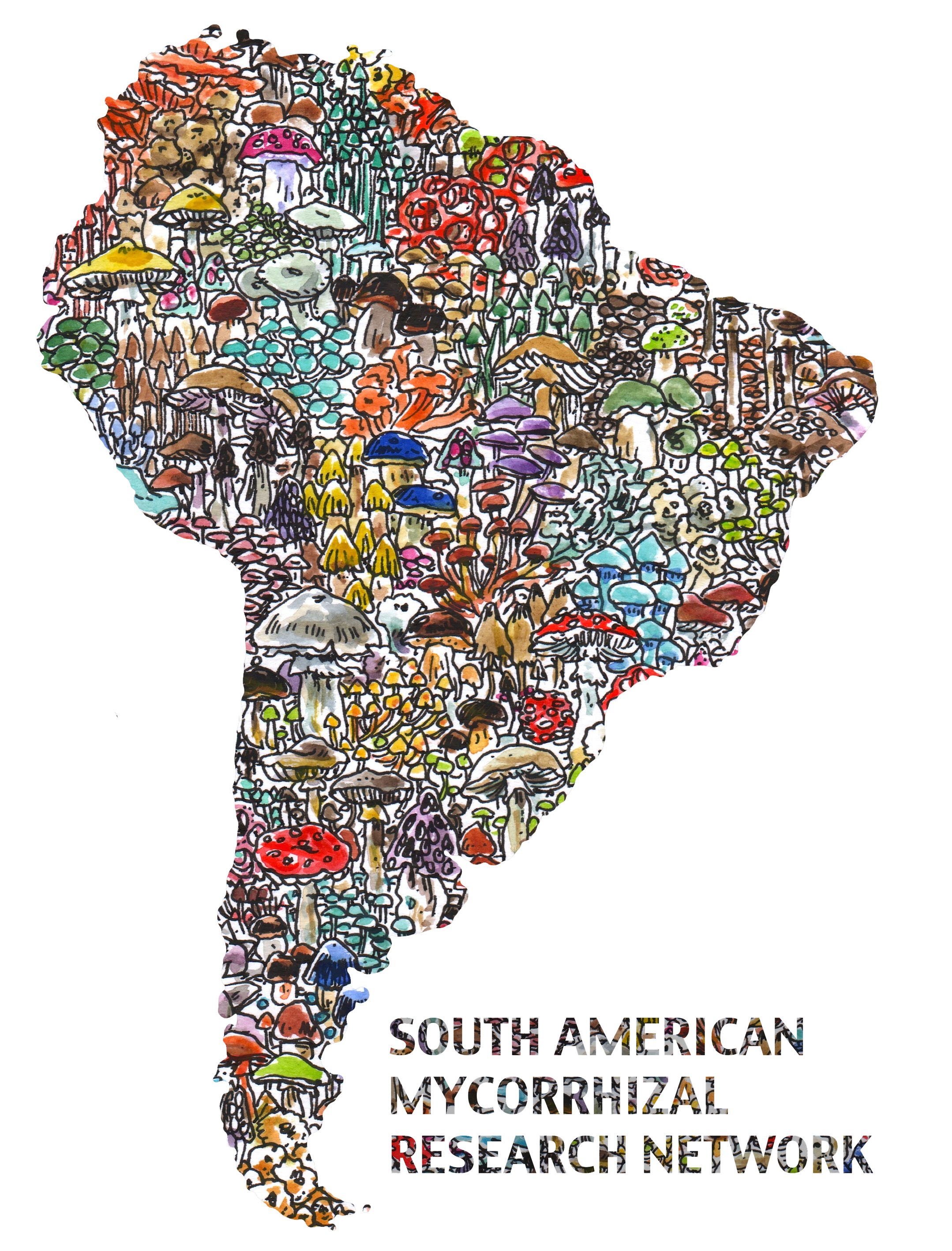What we are reading in October, 2017
By: Camille Truong
What is the diversity and function of root endophytes? In Arabidopsis alpine roots, in which the association with AM fungi was lost during the evolution of the Brassicaceae family, a set of 15 fungal taxa was consistently detected under natural and controlled conditions depleted in phosphorus. Among these root entophytes, an unknown Helotiales taxon was particularly abundant and improved P uptake and plant growth. Genome analysis also revealed that this taxon has an expanded repertoire of enzymes involved in carbohydrate degradation (CAZymes), similarly to other plant-beneficial fungi.
Almario J, Jeena G, Wunder J, Langen G, Zuccaro A, Coupland G, et al. (2017). Root-associated fungal microbiota of non-mycorrhizal Arabis alpina and its contribution to plant phosphorus nutrition. Proc Natl Acad Sci U S A: 10.1073/pnas.1710455114.

Non-ectomycorrhizal fungi are often detected in ECM community surveys and are usually considered as putative root endophytes or pathogens. Taxon-specific probes detected a species of Hyaloscyphaceae (Helotiales) that was highly abundant on the surface and within the fungal mantle, even penetrating inside the hyphal cells. On the other hand it was not detected within the Hartig net or inside plant tissues. The ecological significance of this species on the ECM community still need to be characterized and myco-parasitism is possible, but it seems that some of these non-ECM fungi may interact with ECM fungi and not only with host plants.
Nakamura N, Tanaka E, Tanaka C, Takeuchi-Kaneko Y (2017) Localization of helotialean fungi on ectomycorrhizae of Castanopsis cuspidata visualized by in situ hybridization. Mycorrhiza: https://doi.org/10.1007/s00572-017-0803-y.

How climate change affects the production of fungal fruiting bodies? Based on the national database of fruiting records over 45 yr (1970–2014), the abundance of ECM fructifications significantly increased in the north of the UK relative to saprotrophic species, in correlation with increases in autumnal mean daily temperature and precipitations. Species with shorter fruiting seasons declined markedly in oceanic regions, whereas species with longer seasons became more abundant overall. Climate particularly affects ECM fungi, because it also affects photosynthesis and therefore carbon allocation from their hosts.
Gange AC, Heegaard E, Boddy L, Andrew C, Kirk P, Halvorsen R, et al. (2017) Trait-dependent distributional shifts in fruiting of common British fungi. Ecography (40) 1–10.

How mycorrhizal fungi affect plant invasions is a hot topic in conservation biology, for example in the case of Pinaceae invading native Nothofagaceae forests of Chile and Argentina. For example, fungal co-invaders that enrich soil nutrients can reduce the dependency of native plants to their mycorrhizas. Some invaders also produce toxins that can negatively affect native mycorrhizal communities. In general, it seems that invaders strongly alter fungal community composition, while only occasionally affecting fungal species richness. How these processes evolve through time remain particularly poorly known, for example after invasive plants have been removed.
Grove S, Haubensak KA, Gehring C, Parker IM (2017) Mycorrhizae, invasions, and the temporal dynamics of mutualism disruption. J Ecol 105: 1496–1508.

